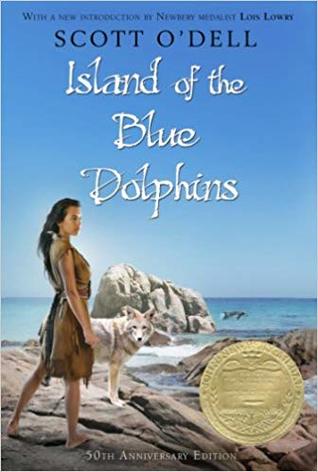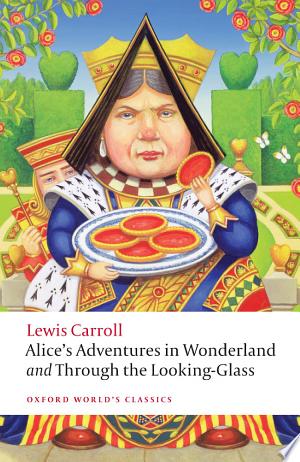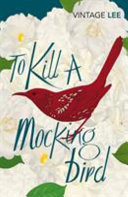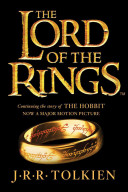"Island of the Blue Dolphins" Characters Analysis
By Scott O'Dell
young adult | 194 pages | Published in 1960
In the Pacific there is an island that looks like a big fish sunning itself in the sea. Around it, blue dolphins swim, otters play, and sea elephants and sea birds abound. Once, Indians also lived on the island. And when they left and sailed to the east, one young girl was left behind. — This is the story of Karana, the Indian girl who lived alone for years on the Island of the Blue Dolphins. Year after year, she watched one season pass into another and waited for a ship to take her away. But while she waited, she kept herself alive by building shelter, making weapons, finding food, and fighting her enemies, the wild dogs. It is not only an unusual adventure of survival, but also a tale of natural beauty and personal discovery.
| ISBN_13: | B0038AUY8M |
Estimated read time: 5 min read
Table of Contents
- Role Identification
- Karana
- Ramo
- Chief Chowig
- Rontu, Tutok, Ulape, Kimki, Won-a-nee
- Karana
- Ramo
- Chief Chowig
- Rontu, Tutok, Ulape, Kimki, Won-a-nee
- Karana
- Ramo
- Chief Chowig
- Rontu, Tutok, Ulape, Kimki, Won-a-nee
- Karana
- Ramo
- Chief Chowig
- Rontu, Tutok, Ulape, Kimki, Won-a-nee
- Karana and Ramo
- Karana and Chief Chowig
- Karana and Rontu, Tutok, Ulape, Kimki, Won-a-nee
List of Characters
| Character Name | Role |
|---|---|
| Karana | Protagonist |
| Ramo | Supporting |
| Chief Chowig | Antagonist |
| Rontu | Supporting |
| Tutok | Supporting |
| Ulape | Supporting |
| Kimki | Supporting |
| Won-a-nee | Supporting |
Role Identification
Karana
Karana is the protagonist of "Island of the Blue Dolphins" and the central character around whom the story revolves. She is a strong and resilient young girl who undergoes significant personal growth and development throughout the narrative.
Ramo
Ramo is Karana's younger brother and plays a supporting role in the story. His character contributes to the development of Karana's arc and the overall themes of survival and resilience.
Chief Chowig
Chief Chowig serves as the primary antagonist in the narrative, representing the external conflicts that Karana must navigate in her quest for survival and independence on the island.
Rontu, Tutok, Ulape, Kimki, Won-a-nee
These characters play supporting roles in Karana's life on the island, influencing her experiences and relationships as she adapts to her solitary existence.
Character Descriptions
Karana
Karana is a resourceful and independent young girl who demonstrates remarkable resilience in the face of adversity. Her physical strength, survival skills, and unwavering determination make her a compelling and admirable character. She forms a deep connection with the natural world around her and exhibits a profound sense of empathy and compassion.
Ramo
Ramo is a playful and curious boy who looks up to his older sister, Karana. Despite his youthful innocence, he displays moments of bravery and loyalty as he experiences the challenges of island life alongside Karana.
Chief Chowig
Chief Chowig is a formidable and influential figure in the story, representing the clash between Karana's desire for independence and the traditional expectations of her community. His actions and decisions significantly impact Karana's journey on the island.
Rontu, Tutok, Ulape, Kimki, Won-a-nee
These supporting characters each bring their unique traits and perspectives to Karana's world, influencing her experiences and shaping her understanding of human and animal relationships.
Character Traits
Karana
- Resilient
- Resourceful
- Compassionate
- Independent
- Determined
Ramo
- Playful
- Curious
- Loyal
- Brave
Chief Chowig
- Authoritative
- Traditional
- Influential
- Confrontational
Rontu, Tutok, Ulape, Kimki, Won-a-nee
- Loyal
- Supportive
- Caring
- Adaptive
Character Background
Karana
Karana's background is deeply rooted in the traditions and customs of her indigenous community. Her upbringing on the island and her close relationship with her family shape her character and influence her approach to the challenges she faces.
Ramo
Ramo's background mirrors Karana's upbringing, and his bond with his sister serves as a foundational element of his character. His experiences within the community and his interactions with Karana contribute to his development.
Chief Chowig
As a leader within the island community, Chief Chowig's background reflects the historical and cultural context of the setting. His authority and adherence to traditional values create tension and conflict with Karana's journey of self-discovery.
Rontu, Tutok, Ulape, Kimki, Won-a-nee
Each of these characters has a distinct background shaped by their experiences on the island and their interactions with Karana and the environment around them.
Character Arcs
Karana
Karana undergoes a compelling character arc as she transitions from a young girl bound by cultural norms to a resilient and independent survivor. Her journey is marked by personal growth, self-discovery, and a deep connection to the natural world.
Ramo
Ramo's character arc is intertwined with Karana's, and his experiences on the island contribute to his coming-of-age journey as he navigates the challenges of their solitary existence.
Chief Chowig
Chief Chowig's character arc is defined by his interactions with Karana and the impact of his decisions on her quest for autonomy. His role as an antagonist influences the trajectory of the narrative and Karana's development.
Rontu, Tutok, Ulape, Kimki, Won-a-nee
Each supporting character experiences their unique arcs, influencing and being influenced by Karana's transformative journey on the island.
Relationships
Karana and Ramo
The bond between Karana and Ramo is a central relationship in the story, characterized by love, protection, and mutual support as they navigate the challenges of survival on the island.
Karana and Chief Chowig
The dynamic between Karana and Chief Chowig is marked by conflict and resistance, reflecting the clash between individual autonomy and traditional authority within their community.
Karana and Rontu, Tutok, Ulape, Kimki, Won-a-nee
Karana's relationships with the supporting characters are defined by empathy, mutual reliance, and the interconnectedness of their experiences on the island, highlighting themes of community and compassion.
Through the interactions and dynamics of these characters, "Island of the Blue Dolphins" paints a rich and complex portrait of human resilience, the power of the natural world, and the enduring spirit of survival.





